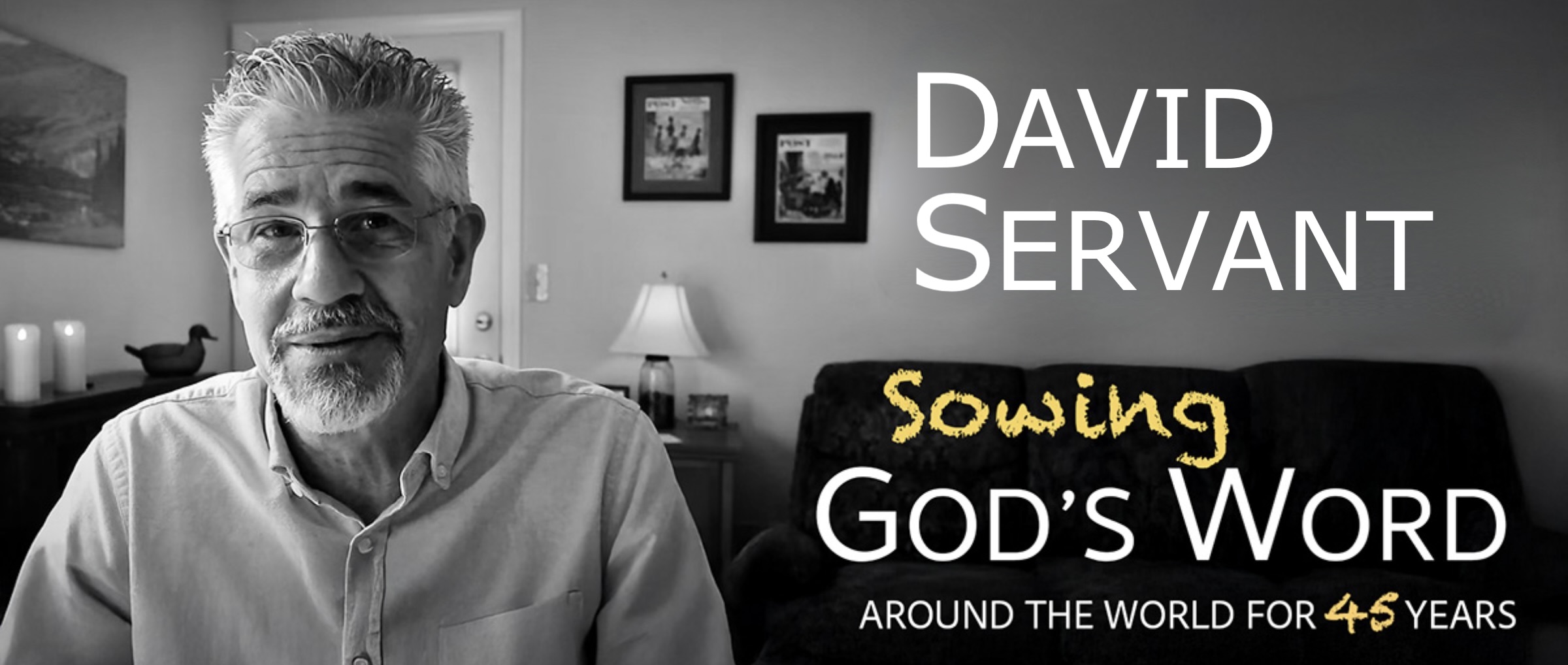
Although this chapter is full of mystery regarding the specific details, the overriding message is clear: perilous days precede the time of Christ’s return. It seems this chapter contains a general overview of those times, and as each seal of the scroll is broken by Jesus, a divine judgment is revealed that afflicts the earth.
If there is any chronological order implied in today’s reading, then the earth’s major woes begin with the revelation of the antichrist. He is symbolized by the first of four “horsemen of the apocalypse.” Note that he rides a white horse, just as Jesus does when He returns (see 19:11-14). He thus portrays himself not only as a “good guy,” but as the Messiah. The world will be deceived by him, ultimately believing he is God.
We are told that the antichrist will go “out conquering, and to conquer” (6:2). According to the prophet Daniel, the antichrist is a man of war who will rise from a ten-nation confederacy and subdue three of those nations (Dan. 7:8, 20-24). Take note that his rising is by divine decree, a sovereign judgment from God. You may remember that we read in 2 Thessalonians:
Then that lawless one will be revealed whom the Lord will slay with the breath of His mouth and bring to an end by the appearance of His coming; that is, the one whose coming is in accord with the activity of Satan, with all power and signs and false wonders, and with all the deception of wickedness for those who perish, because they did not receive the love of the truth so as to be saved. For this reason God will send upon them a deluding influence so that they will believe what is false, in order that they all may be judged who did not believe the truth, but took pleasure in wickedness (2 Thes. 2:8-12).
The earth will be plagued by war during the antichrist’s time (also symbolized by the second horseman of the apocalypse), and famine with its accompanying skyrocketing food costs (6:6), as well as widespread death and disease, respectively symbolized by the third and forth horsemen. Apparently, one-fourth of the world’s inhabitants will either live in regions that will suffer these judgments, or one-fourth of the world’s inhabitants will perish in these judgments (6:8).
Remember that Jesus also foretold of false messiahs, wars and famines that will plague the world during the end times. He warned, “For many will come in My name, saying, ‘I am the Christ,’ and will mislead many. And you will be hearing of wars and rumors of wars…for nation will rise against nation…and in various places there will be famines and earthquakes” (Matt. 24:5-7).
The end times will also mean martyrdom for many believers, as revealed by the breaking of the fifth seal. Note that those martyrs have a complaint that they make before God: “How long, O Lord, holy and true, will You refrain from judging and avenging our blood on those who dwell on the earth?” (6:10). They are told to wait until after even more martyrs are made. Note that they had not forgiven those who murdered them; nor were they told to forgive them. As we have learned repeatedly on our journey through the New Testament, we are obligated to love our enemies, but that doesn’t mean we are obligated to forgive them. God loves the wicked but He doesn’t forgive them—unless they repent.
This chapter’s overview of the final days ends with a description of what Jesus said would occur just before His return (Matt. 24:29-30). There will be a great earthquake, the sun will be darkened, the moon will become blood red, and the stars will fall from the sky (meteorites?). Every mountain and island will be moved from its place (6:14). All the earth will cower in terror from the wrath of the Lamb and Him who sits on the throne (6:15-16).
Where will believers be then? They will be either protected on earth, or safe in heaven by virtue of martyrdom or the rapture. “God has not destined us for wrath, but for obtaining salvation through our Lord Jesus Christ” (1 Thes. 5:9). Praise God!


